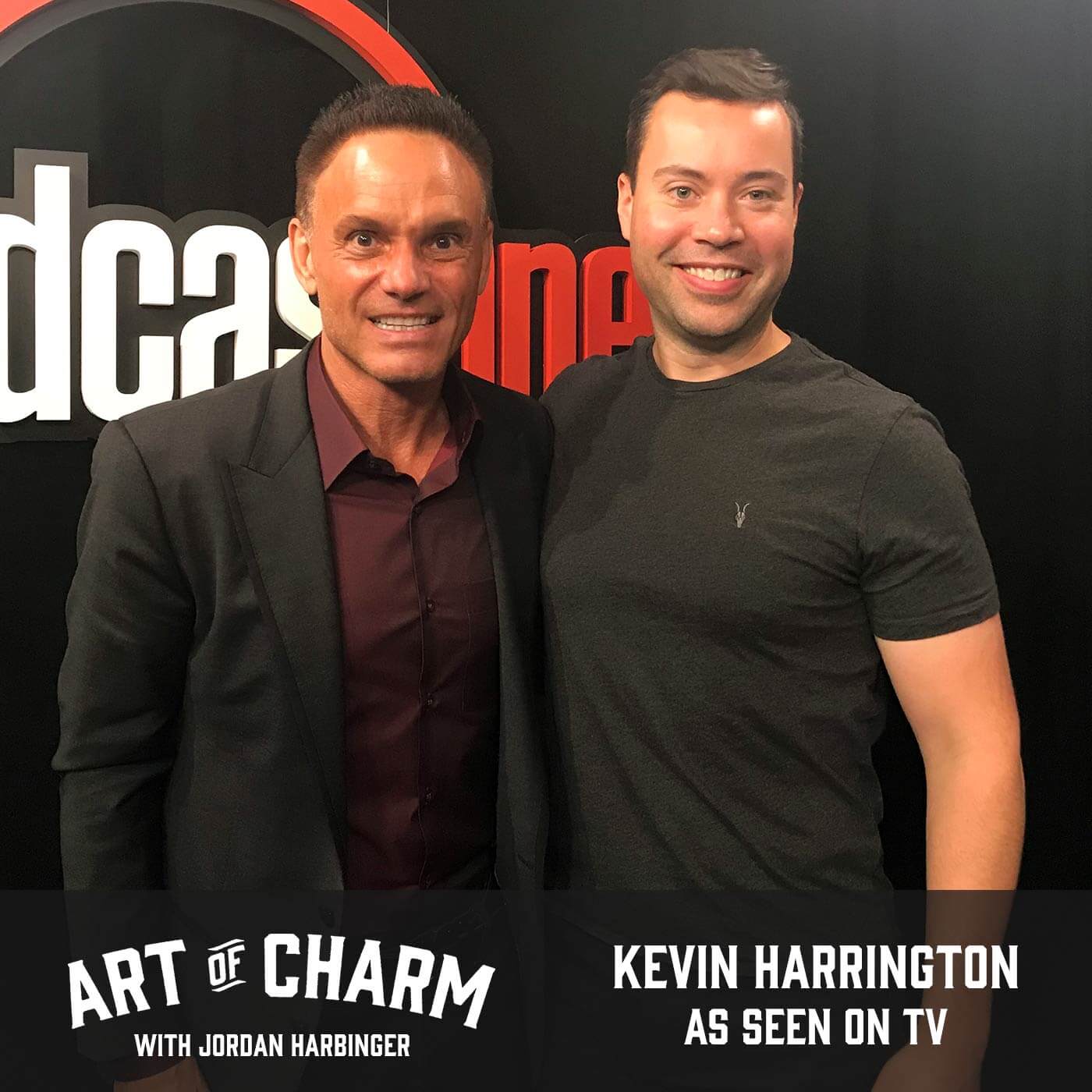Kevin Harrington (@HarringtonKevin) is the innovator who invented infomercials, one of the original “sharks” on ABC’s Shark Tank, and the co-author of Put A Shark In Your Tank.
“If a guy named ‘Chubby’ walks into your office with a fitness product, you should definitely walk and run the other way!” -Kevin Harrington
The Cheat Sheet:
- What starter businesses could work for an aspiring entrepreneur today?
- What’s the difference between providing a service and providing a product?
- What sport seems conducive to the entrepreneurial mindset?
- Why would a Shark Tank investor bet on a bad deal?
- Learn three steps to an effective pitch.
- And so much more…
[aoc-subscribe]
Download Episode Worksheet Here
Kevin Harrington is an entrepreneur’s entrepreneur — running his own businesses since he was in high school. He’s the innovator who bought six-hour blocks of dead air on cable TV in the ’80s to usher in the age of the infomercial, he invested as one of the original “sharks” on ABC’s Shark Tank, and he’s the co-author of Put A Shark In Your Tank.
On this episode, he shares a lot of inspirational — and practical — advice for aspiring entrepreneurs and self-starters who want to understand what a pitch looks like from both sides of the table and why entrepreneurs always need to be networking.
Please Scroll down for Full Show Notes and Featured Resources!
More About This Show
One could almost say Kevin Harrington, original Shark Tank investor and inventor of the infomercial, was a born salesman.
Growing up as an altar boy in Cincinnati, Ohio, he helped his father run multiple restaurants from a young age. Two important lessons he learned then: an entrepreneur in the restaurant business is prepared for employees stealing and not showing up.
“I had to take the attitude that you’ve almost got to not trust anybody until they prove themselves trustworthy,” says Kevin.
At 15, he started a driveway sealing company. Business was good enough that he was able to buy a truck, but had to hire a 16-year-old to drive it because he wasn’t old enough. They netted a thousand dollars a week — in the ’70s.
But the work was seasonal, and Kevin was looking to do something year-round. As a top salesman for a heating and air conditioning company, he was making eight percent commission, but learned the ropes and knew he could do better as an owner — so he started his own heating and air conditioning company.
Offering free furnace cleaning and a safety check was a perfect opportunity to present newly invented spark ignition furnaces and central air options to new homeowners. And even though Kevin was pulling a 3.85 GPA in college, he didn’t see much point in continuing. One clarifying moment for pursuing entrepreneurship was when an absent teacher left a video running for one of his business classes of 800 people.
“I’m running a business. I’ve got 25 employees. I’m doing a million dollars in business,” says Kevin. “I’m here at school; the teacher can’t even be here. Why am I here?”
He was already in sales. His sales teacher had never actually been a salesman. School wasn’t advancing his goals — it was actually taking him away from them.
Eventually Kevin was ready to move on from sales to real entrepreneurship — a graduation of sorts. “At the end of the day, a service business like that, you’ve got to be cut out for it. I was an entrepreneur; I had my success with the business, made the money that I thought was great, but I wasn’t enjoying coming into the office every day anymore and I said it’s time to move on. Find something else.”
“Something else” turned out to be brokering other businesses. He got a real estate license and sold property along with businesses to occupy the property. This gave him the chance to see the inner workings of hundreds of disparate companies — from restaurants to delis to car washes to laundromats to flower shops.
Kevin learned about “their cash flows, their rents, the employee costs, the food costs.” He adds: “I became very educated.”
This was the early ’80s. When business was booming, Kevin splurged and bought cable TV for his house — and went from having four channels to thirty. Most channels were 24 hours, so when he came to The Discovery Channel and it was displaying off-air color bars, he called the cable company to find out what was wrong.
“They said, ‘Oh, that’s The Discovery Channel; it’s only an 18-hour-a-day network. And six hours a day, they don’t have enough programming…’
“So then the light bulb went on. Wait a minute! What can I put on that downtime? This is 1984. So I went out to the cable company…and I said, ‘I want to put something up.’ Ultimately, I said, ‘Let me start putting products on that time!'”
And that’s how the infomercial was born.
Listen to this episode of The Art of Charm in its entirety to learn more about how infomercials generated tens of millions of dollars from a $300,000 investment, how going international grew the business exponentially, how Kevin adapted to the age of the Internet, the opportunities Kevin sees for aspiring entrepreneurs getting their start today, why he believes today’s market is smarter, what it was like to go from making low-budget infomercials to big studios and 16 cameras for Shark Tank, why Shark Tank investors sometimes make bad deals (and how he would turn them around), and lots more.
THANKS, KEVIN HARRINGTON!
If you enjoyed this session with Kevin Harrington, let him know by clicking on the link below and sending him a quick shout out at Twitter:
Click here to thank Kevin Harrington at Twitter!
Click here to let Jordan know about your number one takeaway from this episode!
Resources from This Episode:
- Kevin Harrington’s website
- Kevin Harrington at Facebook
- Kevin Harrington at Twitter
- How to Win Friends & Influence People by Dale Carnegie
- Think and Grow Rich by Napoleon Hill
- Zig Ziglar
- Tom Hopkins
- Nightingale-Conant Personal Development
- Shark Tank
- Entrepreneurs’ Organization
- Gary Vaynerchuk | #AskGaryVee (Episode 494)
You’ll Also Like:
- The Art of Charm Challenge
- The Art of Charm Bootcamps
- Elite Human Dynamics
- Best of The Art of Charm Podcast
- The Art of Charm Toolbox
On your phone? Click here to write us a well-deserved iTunes review and help us outrank the riffraff!




